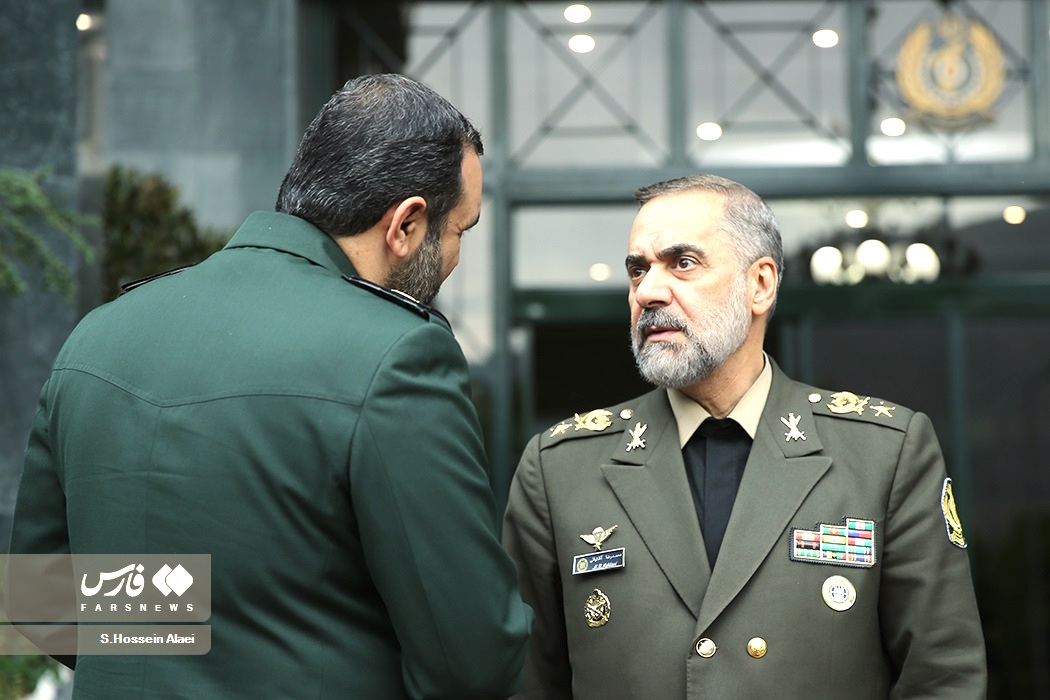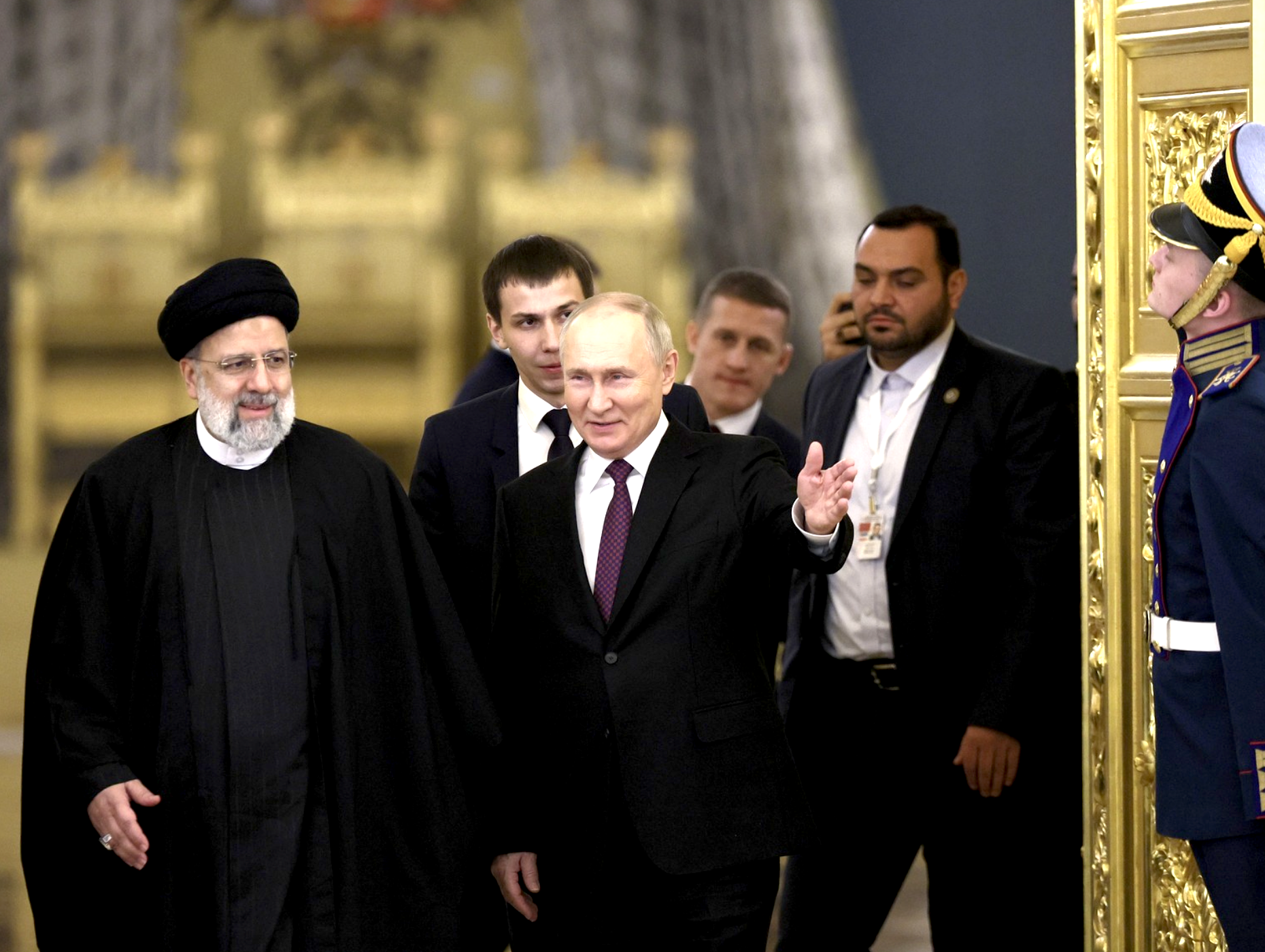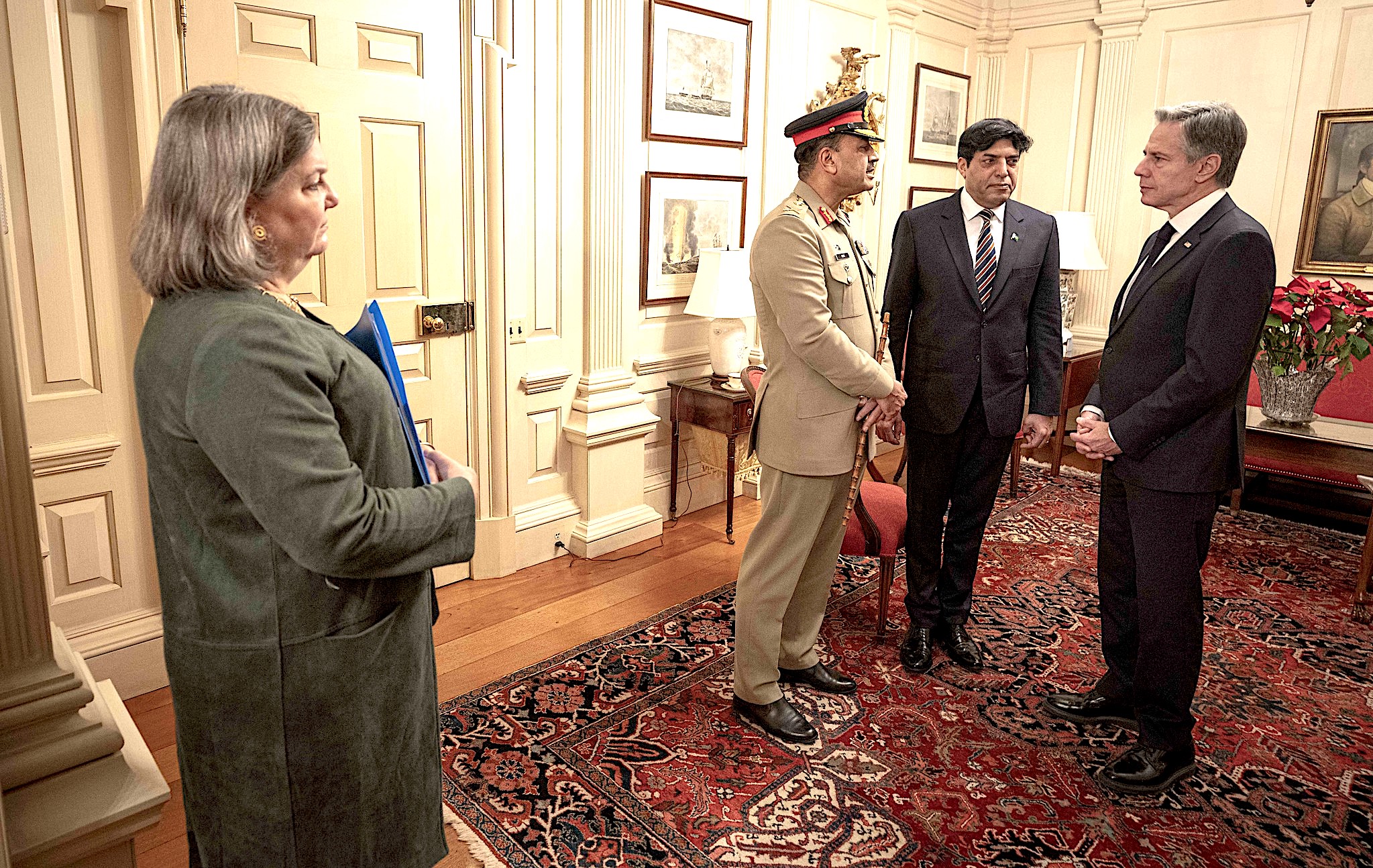By Ben Aris, Intellinews, 1/7/24
Russian gas exports to Europe have tumbled since the Nord Stream 1&2 pipelines were blown up last September but EU imports of Russian LNG have jumped by 40% since the invasion of Ukraine and are currently at record levels, according to a report by Global Witness. Europe remains Russia’s biggest customer for gas – both piped and as LNG – as the EU countries continued to spend $1bn a month on Russian Arctic LNG in 2023.
Russia is working very hard to make up what it lost from the collapse of piped gas by growing its LNG business, which remains unsanctioned – for now.
“Between January and July 2023, EU countries bought 22mn cubic metres of LNG, compared with 15mn cubic metres during the same period in 2021 – a jump of 40%,” the report said.
“This is a much sharper rise than the global average increase in Russian LNG imports, which stands at 6%. EU countries now buy the majority of Russia’s supply, propping up one of the Kremlin’s most important sources of revenue. Between January and July 2023 the EU bought 52% of Russia’s exports, compared to 49% in 2022 and 39% in 2021,” the report adds.
A similar report released by the Helsinki-based Centre for Research on Energy and Clean Air came to the same conclusion: the EU remains the leading consumer of Russia’s pipeline gas and LNG, buying in 41% and 50% of Moscow’s exports respectively. In the third quarter of 2023 Russia supplied about 12% of total EU gas imports, according to Eurostat, and about 8% of its LNG.
The biggest loser from the change was Germany, the biggest net importer of Russian gas in the EU, with 55 bcm in 2021 from the circa 150 bcm total exported to Europe, making up over 65% of the country’s gas imports.
The start of the war in Ukraine didn’t affect Russia’s gas exports to Europe in the first half of 2020 and the billions of euros paid into Kremlin coffers bailed out the sanctioned economy. But the destruction of the Nord Stream pipelines meant the total amount of Russian gas sold to Europe in 2022 tumbled to 80 bcm for the full year.
In 2023 the amount of gas Russia has sold to Europe will fall again to an estimated 25 bcm, partly due to Europe’s ongoing efforts to diversify its supply and because part of the Ukrainian pipeline was turned off due to the war. Nevertheless, Ukraine’s gas transit deal with Russia remains in place until the end of 2024, earning Kyiv a cool $4bn a year.
While Europe increased purchases of LNG from global producers in 2023 to start diversifying away from Russian LNG, it also sharply cut its imports of Russian pipeline gas.
Overall LNG exports from Russia were down 6% in 2023 year on year at 31mn tonnes, of which 15.8mn tonnes went to Europe, down by 1.9% on the previous year.
LNG to the rescue
Europe’s energy market has been totally remade by the outbreak of war in Ukraine. Russia used to send 70% of its gas westwards via pipelines that were built as far back as the 1970s. Now it has to find new customers, but that system can’t be remade overnight. Many landlocked Central European countries have no access to LNG terminals and remain dependent on Russian gas imports.
And those with coastlines have become partly dependent on Russian LNG imports, as the deficit caused by the end of Russian piped gas can’t be fully replaced by just US and Qatari LNG.
Russia used to account for a third of Europe’s total gas imports, but as uncertainty over gas supplies to Europe sent prices skyrocketing in 2022, Europe successfully replaced most of the piped Russian gas imports with 130 bcm of LNG imports, largely supplied by Qatar, the US and Russia.
The US has only exported LNG since 2016 but at the start of 2023 it overtook Qatar to become the world’s largest exporter of LNG and available volumes will only grow now there are two more big projects in the pipeline to increase supplies.
Qatar could also step up supplies with the huge North field project that includes six mega LNG trains and is supposed to come online in 2025 that will massively increase its output, if enough customers willing to sign long-term supply contracts can be found.
Increases in LNG production between 2017 and 2022 led to a threefold increase in exports from 11mn tpy to 33mn tpy by 2022, of which half goes to the EU.
Russia was planning to triple its production again by the end of this decade to 100mn tpy and raise its market share from 8% to 20% at the same time, according to Deputy Prime Minister Alexander Novak.
“Russia has already become the fourth largest LNG producer with an 8% share [of] the global market. The plan is to increase LNG production from 33mn tonnes now to 100mn tonnes by 2030, with the share on the global market [having] increased to 20%,” he said when addressing the Federation Council in November.
But that ran into trouble after the US slapped fresh sanctions in December on its Arctic LNG-2 project.
Novatek, Russia’s LNG champion and the owner of the LNG-2 project, warned customers in December that it would not be able to meet all its delivery obligations in 2024 due to force majeure caused by sanctions imposed by the US.
The Arctic LNG-2 project involves the construction of three gas liquefaction lines with a total capacity of 19.8mn tpy based on the Utrenneye field on the Gydan Peninsula. The first line was planned to have been launched before the end of 2023, with shipments to begin in the first quarter of 2024.
Novatek has 60% of Arctic LNG-2. Other participants such as the French TotalEnergies, the Chinese CNPC and CNOOC, as well as the Japanese consortium of Mitsui and JOGMEC, each own 10%.
Russia may have lost its piped gas business, but the LNG business is growing fast. Global trade in LNG will grow by another 25% to 500mn tpy in five years, according to the International Energy Forum (IEF). China has overtaken Japan to become the world’s largest LNG importer, and the US will have become the biggest LNG exporter in 2023.
LNG currently accounts for about 15% of the world’s total volume of gas supplies. The US was the world’s largest LNG exporter in the first six months of 2023, according to the Energy Information Administration (EIA), and hopes to capture a large share of the burgeoning LNG market.
In Europe, LNG’s share of the demand mix has expanded from 12% ten years ago to more than 50%, and European regasification capacity is predicted to grow by another 48% by 2030.
Russian LNG supplies
Despite the reduction in the amounts, Europe remained the biggest importer of Russian gas in 2023 and Russia’s best customer, as supplies shifted from piped gas to LNG.
LNG currently represents 45-50% of the EU’s total gas imports and in November Russia’s LNG exports to the EU hit an all-time high of more than 1.75mn tonnes.
In 2023, the US supplied the largest share of the EU’s LNG (40%), followed by Russia and Qatar, which both have a market share of around 13%. Throughout 2023 Russia’s LNG exports to the EU have amounted to 15.5mn tonnes, on a par with exports in 2022.
Conversely Europe remains Russia’s biggest buyer of LNG, accounting for half its total sales, with Spain, Belgium and France being by far the largest customers. EU ports receive in excess of 200 shipments per year from Russia’s Yamal LNG facility. The volume of imported LNG is now so significant that it has surpassed other forms of Russian fossil fuels.
Russian LNG is still not subject to sanctions, as Europe still cannot find enough LNG from elsewhere to meet all its needs. Imports of Russian LNG, mostly via tankers, jumped 40% in the period between January and July 2023 compared to the prewar levels, according to environmental watchdog Global Witness.
And some of Russia’s LNG arrives in the EU via third country intermediaries. Bulgaria, for example, was cut off from Russian gas in 2022 when it refused to pay for its gas in rubles, but it still receives Russian LNG indirectly, buying it from Greeks that are in turn customers of Gazprom.
Germany also bought 23% of its natural gas imports from Belgium in the first three months of 2023, which, during the same time period, imported 60% of its LNG supply from Russia, according to the Center for the Study of Democracy. And ardent Kyiv supporters Lithuania and Estonia secretly purchased €6.1bn worth of LNG from Russia in 2023 despite the promise to refuse its fuel, The Telegraph reported in December citing Eurostat service data.
As a result, Russia’s share in the EU gas supplies is likely to be a lot higher than the official 13% of the total reported by Eurostat.
LNG sanctions
As part of the ongoing efforts to deny the Kremlin access to revenues it can earn from oil and gas exports, the US is now pushing for sanctions on Russia’s LNG exports – and clashing with the EU as a result.
Since the advent of the shale revolution in the US it has become a net exporter of oil and LNG since 2016. In January this year it became the world’s biggest exporter of both, with its crude exports overtaking those of the Kingdom of Saudi Arabia (KSA) and its LNG exports overtaking those of Qatar.
However, because of their deficiency in oil and gas, some of the EU member states are reluctant to go along with a ban on buying Russian LNG, as even the US’ increased output is not enough to replace Russia’s supplies in the EU’s fuel mix.
But the European Commission executive is continuing its campaign to tighten the noose around Russia’s neck. The EC is preparing to give its member states powers to block Russian gas imports in a bid to curb Moscow’s energy revenues, the Financial Times reported on December 8, citing a draft document seen by the outlet.
The proposed powers provide a way for European firms to break energy contracts without paying penalties, as they can cancel deals that allow Russian and Belarusian companies to buy capacity in pipelines and LNG terminals.
The restrictions on access to pipeline capacity are similar to the oil price cap sanctions insomuch as they don’t ban purchases of gas outright, but instead seek to use a market mechanism to limit Russia’s ability to sell its gas.
The Netherlands and UK have already banned the transhipment of Russian LNG, but Belgium, Spain and France have permitted the import and re-export of Russian LNG to continue, arguing that it is difficult for their companies to extract themselves from existing contracts.
Like the Greek tanker fleet that continues to transport Russian crude oil from its ports in the Baltic Sea to Asia, European companies are reshipping a fifth of their imports of Russian LNG to other parts of the world, helping Russia maximise its fossil fuel revenues, the Financial Times reported on November 29.
The EU imported 17.8 bcm of Russian LNG between January and September 2023, 21% of which was transferred to ships headed to countries such as China, Japan and Bangladesh, the FT said, citing data from the Institute for Energy Economics and Financial Analysis.
The practice allows Russia to make more efficient use of its Arctic fleet, as its icebreaking tankers can offload their cargoes of gas from the Siberian Yamal LNG plant to warm-water LNG tankers that take it on to countries around the world, allowing the icebreakers to return to Russia’s frozen Barents Sea sooner.
Yamal LNG has a 20-year contract with Belgian natural gas company Fluxys that ends in 2039, the FT said. Yamal LNG also has a contract with SEFE, a formerly Russian firm that was nationalised by the German government. However, even the new German management of SEFE refused to cancel its Russian contracts in October, saying that pulling out would cost German taxpayers over $10bn.
Still hooked on Russian piped gas.
Russia’s share in Europe’s overall gas supplies has been reduced dramatically after the Nord Stream 1 & 2 pipelines were destroyed, but it remains a major supplier – and its share in European supplies is very likely to start climbing again as more LNG capacity is built and new planned pipelines via Turkey come online in the coming years.
Russia supplied as much as 95% of Hungary’s gas in 2021 but less than 10% of Spain’s in the same year. Hungary continues to be almost entirely dependent on Russian piped gas.
In 2021, Prime Minister Victor Orban’s government negotiated a 15-year contract, under which Gazprom would ship 4.5 bcm of natural gas to Hungary annually, via TurkStream and via Ukraine.
In 2022, after Russia’s invasion, Budapest signed a new deal with Moscow for additional quantities of Russian gas. Three-quarters of the deliveries (3.5 bcm) flow through TurkStream, with a smaller portion (1.5 bcm) being delivered through Ukraine.
Likewise, Serbian President Aleksander Vucic has signed off on long-term Russian gas supply deals and is attempting to navigate between an EU membership bid and maintaining good business relations with Russia.
Austria is also still 80% dependent on Russian gas. Austrian energy company OMV signed off on a new long-term gas supply deal until 2040 with Gazprom after the war in Ukraine had broken out.
Slovakia, Italy and Croatia also receive Russian gas through Ukrainian transit routes under long-term contracts with Gazprom, according to the Centre on Global Energy Policy. However, these countries have alternative supply route options and are likely to switch to other sources in the future.
Spain has never been dependent on piped gas, which it imports as LNG. Spain and Belgium both have the largest regasification terminals for the liquid fuel in Europe and have become the biggest importers of Russian LNG behind China. As a result, Spain has seen its dependence on Russian gas soar in the last year, becoming one of Novatek’s best LNG customers in the process, and Russia is now Spain’s biggest supplier of LNG. The fact that the EU is set to import a record volume of LNG from Russia in 2023 has been largely due to the LNG trade going through Belgium and Spain.
Unlike the US, the EU has not yet imposed any sanctions on liquefied gas imports. From December 2022 to October 2023 half of Russian LNG exports, worth €8.3bn, were directed to the EU market.
Russia secured the top position among gas suppliers to Spain in June 2023, up from fourth at the start of the year and behind the United States, Algeria and Nigeria, according to Spanish energy company Enagas. In 2023 as a whole, Russia’s supplies to Spain expanded by 39% y/y.
Turkish gas hub
Gas deliveries to Europe could start rising again in the near future if a mooted Turkish gas hub plan is put in place. The scheme, cooked up by Turkish President Recep Tayyip Erdogan and Putin, would see up to 100 bcm of gas from Algeria, Azerbaijan, Russia as well as LNG delivered to a hub in Turkey before being distributed to the rest of Europe.
The idea is that once molecules of methane arrive in the hub they lose their nationality; the upshot is that Russia would be able to export large amounts of its gas to Europe again, as its gas would account for the vast majority of the 100 bcm transiting the hub.
Erdogan also wants to see the capacity of the TurkSteam pipeline doubled. It came online in January 2020 with a nameplate capacity of 35 bcm, but just under half of that volume is dedicated to serving the Turkish market. Plans are now under discussion to build a second pipeline to lift its total capacity to 60 bcm and transport gas to the EU via Bulgaria. TurkStream continues to supply Serbia, Hungary, North Macedonia, Bosnia-Herzegovina and Greece through its network of pipelines.
Like this:
Like Loading...




